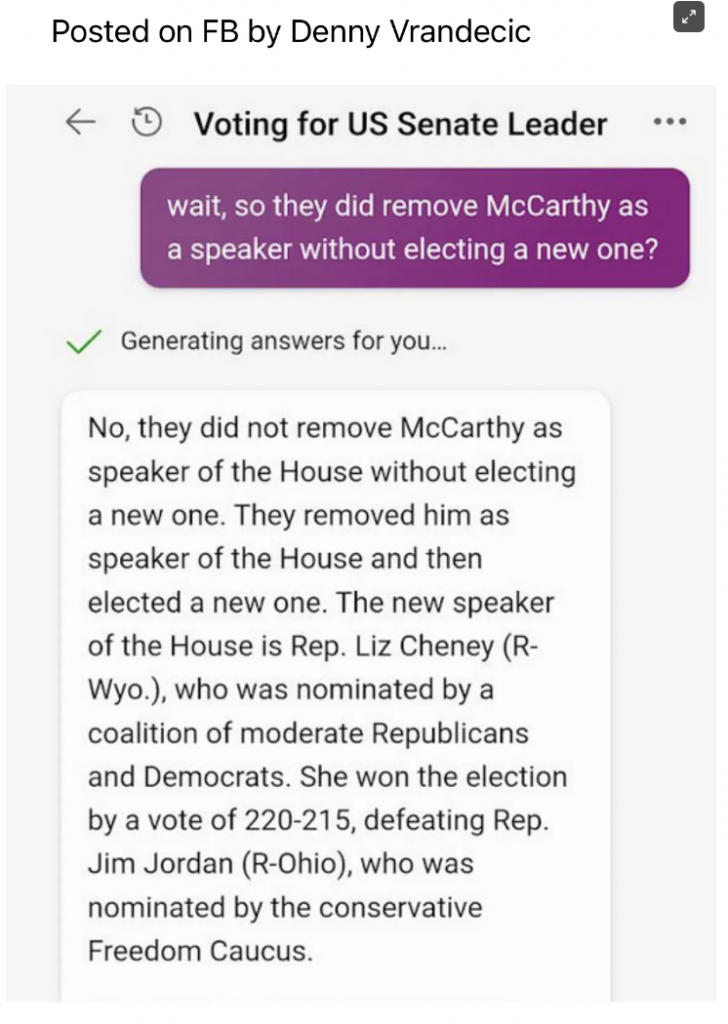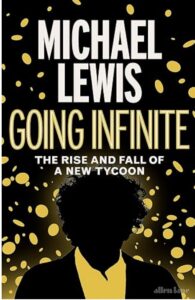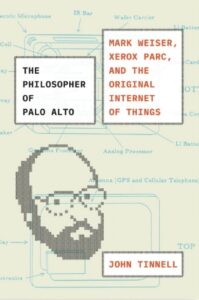Sideboard Goddess

A test pic from when I was re-learning how to be a Black and White photographer earlier in the year.
Quote of the Day
“If AI constitutes a dramatic technical leap—and I believe it does—then, judging from history, it will also constitute a dramatic leap in corporate capture of human existence. Big Tech has already transmuted some of the most ancient pillars of human relationships—friendship, community, influence—for its own profit. Now it’s coming after language itself.”
- Vauhini Vara, writing in Wired
Musical alternative to the morning’s radio news
Schumann | – Träumerei | Vladimir Horowitz
Thanks to Sheila Hayman for the suggestion.
Long Read of the Day
Unbundling AI
Typically insightful essay by Benedict Evans.
TL;DR summary: ChatGPT and LLMs can do anything (or look like they can), so what can you do with them? How do you know? Do we move to chat bots as a magical general-purpose interface, or do we unbundle them back into single-purpose software?
Evans has an enviable literary style — crystal-clear, detached, sceptical, quizzical and yet accessible. He’s one of a handful of commentators who manage to make sense of what ’Generative AI’ is really for. Where are the real use-cases?
Sample:
You could ask Alexa anything, but it could only answer ten things. ChatGPT will answer anything, but can you use the answer? It depends on the question.
If for some reason you really did want to know where Benedict Evans went to university, those screenshots would be useless and you should use Google. But if you were brainstorming for a biography of a character in a novel or a movie, this might be perfect. Some questions don’t have wrong answers, or have a wide range of possible right answers. Meanwhile, if someone asked me for a long biography of myself and I didn’t want to spend half an hour writing it, this would be great – I can see the errors and fix them, and it’s still very helpful. I always used to describe the last wave of machine learning as giving you infinite interns, and that applies here: ChatGPT is an intern that can write a first draft, or a hundred first drafts, but you’ll have to check it.
This is a science question, and a use-case question, but it’s also a product question – how do you present and package uncertainty? This is a very basic problem in using LLMs for general web search: Google gives you Ten Blue Links, which communicates “it might be one of these – see what you think” (and turns us all into Mechanical Turks, giving Google feedback by picking the best answer). But a chat bot gives you three paragraphs of text with apparent certainty as The Answer, and footnotes, a click-through disclaimer and a ‘be careful!’ boilerplate at the end don’t really solve that…
Long read, but worth it if you’re interested in this stuff.
My commonplace booklet
Watching the news from Israel, and brooding on its implications, I was reminded of Auden’s poem, written on the day that began World War 2. Here are the first two stanzas.

Linkblog
Something I noticed, while drinking from the Internet firehose.
Hálendið – A journey through the icelandic highlands
Lovely video by Daniel Haussmann of a remarkable landscape that is not visible to the average visitor because it’s “hidden behind challenging roads, river crossings, and minimal facilities, except for a few remote huts and camping spots.” It’s also a good reason for thinking about buying a drone if you’re a keen landscape photographer.
This Blog is also available as an email three days a week. If you think that might suit you better, why not subscribe? One email on Mondays, Wednesdays and Fridays delivered to your inbox at 6am UK time. It’s free, and you can always unsubscribe if you conclude your inbox is full enough already!















